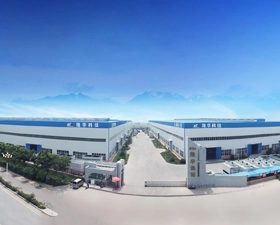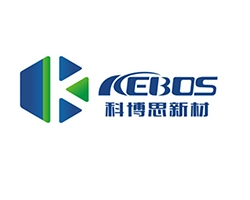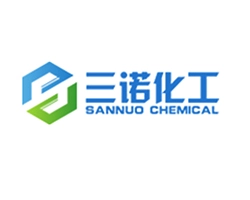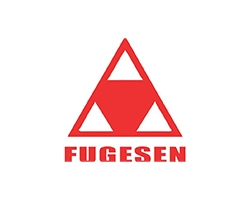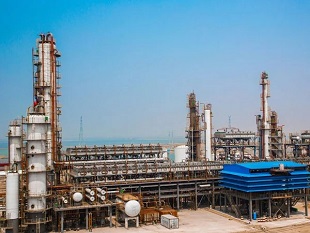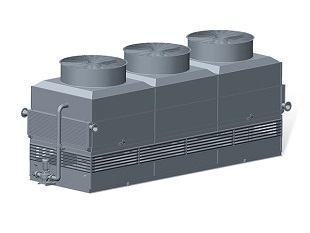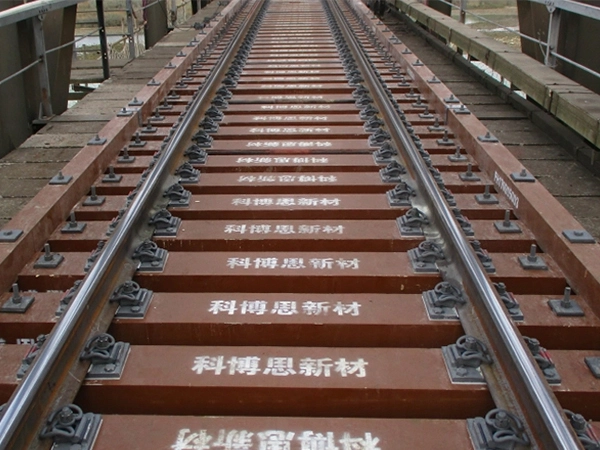The operating principle of a tungsten plate is based on the unique properties of the material. Tungsten is a hard, dense, metallic element that is highly resistant to heat and corrosion. Tungsten plates are made by sintering tungsten powder, which involves pressing and heating the powder to form a solid mass.
The sintering process of tungsten plates involves several stages. First, tungsten powder is pressed into the desired shape, using a die or a mold. The molded powder is then heated in a vacuum furnace at extremely high temperatures, above 2000 degrees Celsius, until the individual grains of tungsten particles fuse together, forming a solid mass.
Tungsten plates can be further formed through various processes such as rolling, cutting, or machining to achieve the desired dimensions and precision. The surface of the tungsten plate can be treated with a variety of processes, such as polishing or chemical treatment, to improve its surface finish and texture.
The unique properties of tungsten plates make them ideal for use in various industrial applications that require high strength and durability. For example, tungsten plates are commonly used in the production of electrical contacts, welding electrodes, and radiation shielding. Additionally, tungsten plates are used in high-temperature applications, such as furnace parts and missile components that require materials with high melting points and high strength-to-weight ratios.
Overall, the operating principle of tungsten plates revolves around the transformation of tungsten powder into a solid mass that exhibits unique physical and mechanical properties. These properties enable tungsten plates to be used in diverse applications where high strength, durability, and high-temperature stability are crucial.


 EN
EN
 jp
jp  ko
ko  fr
fr  de
de  es
es  it
it  ru
ru  pt
pt  ar
ar  tr
tr 